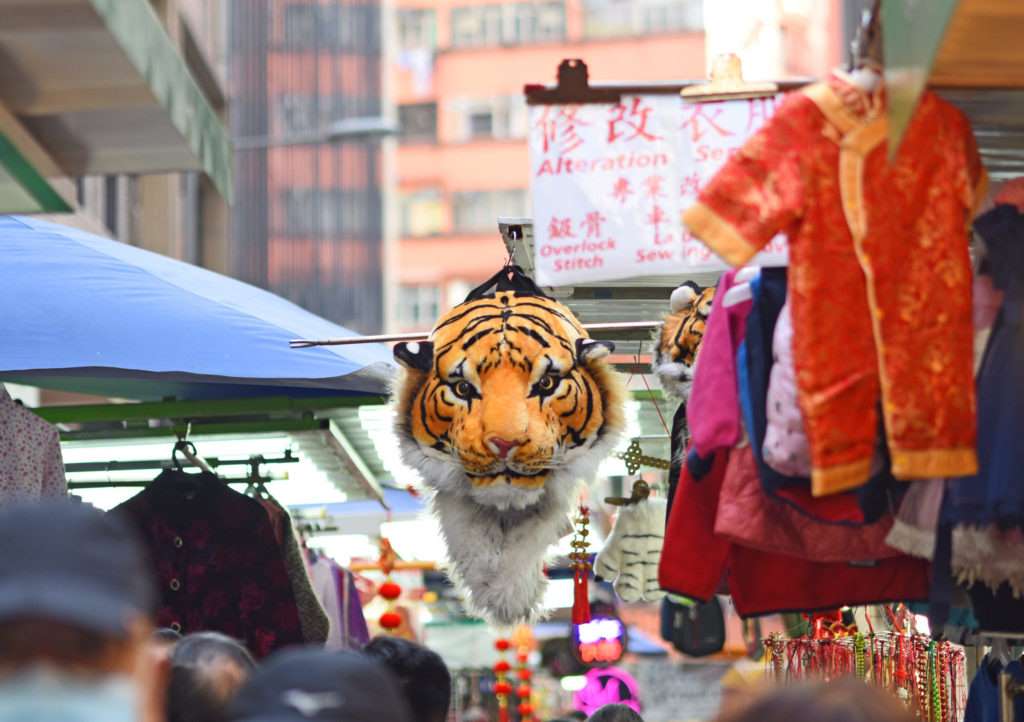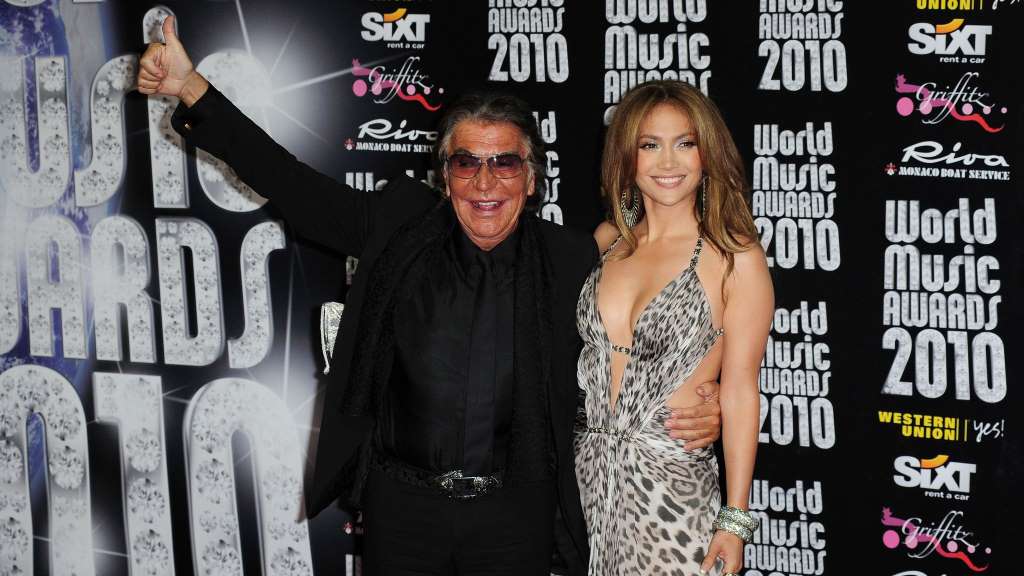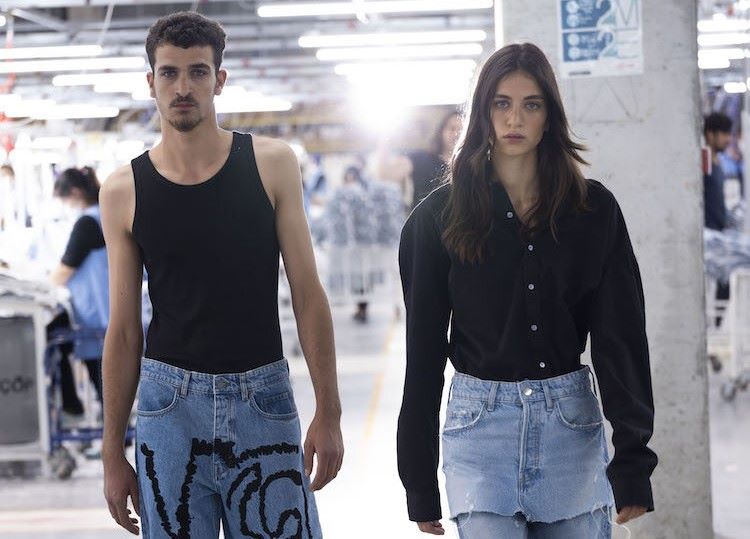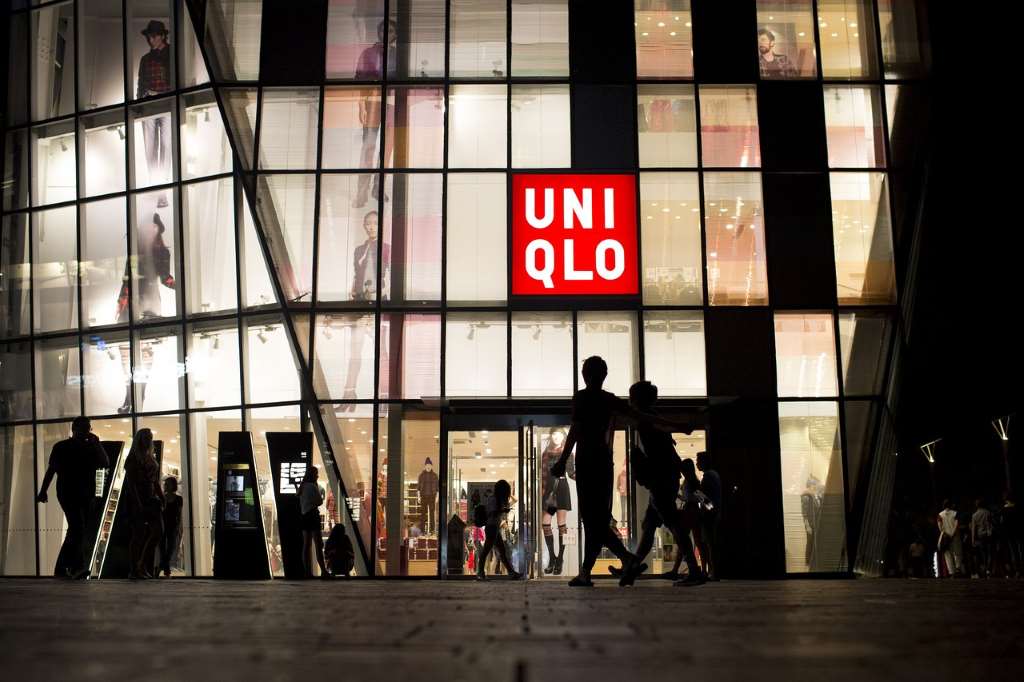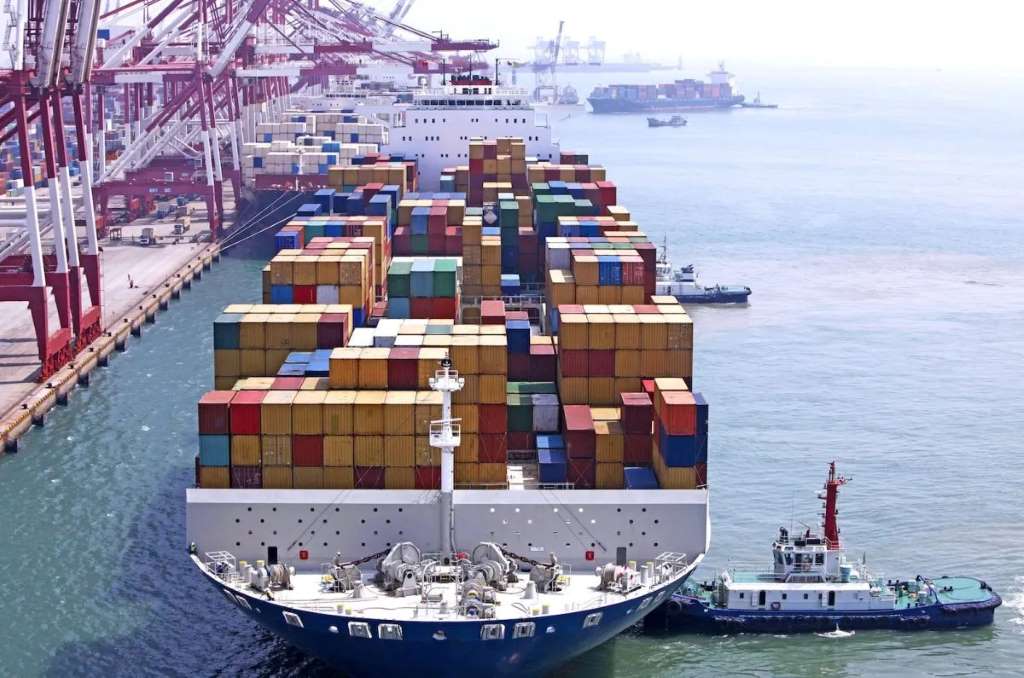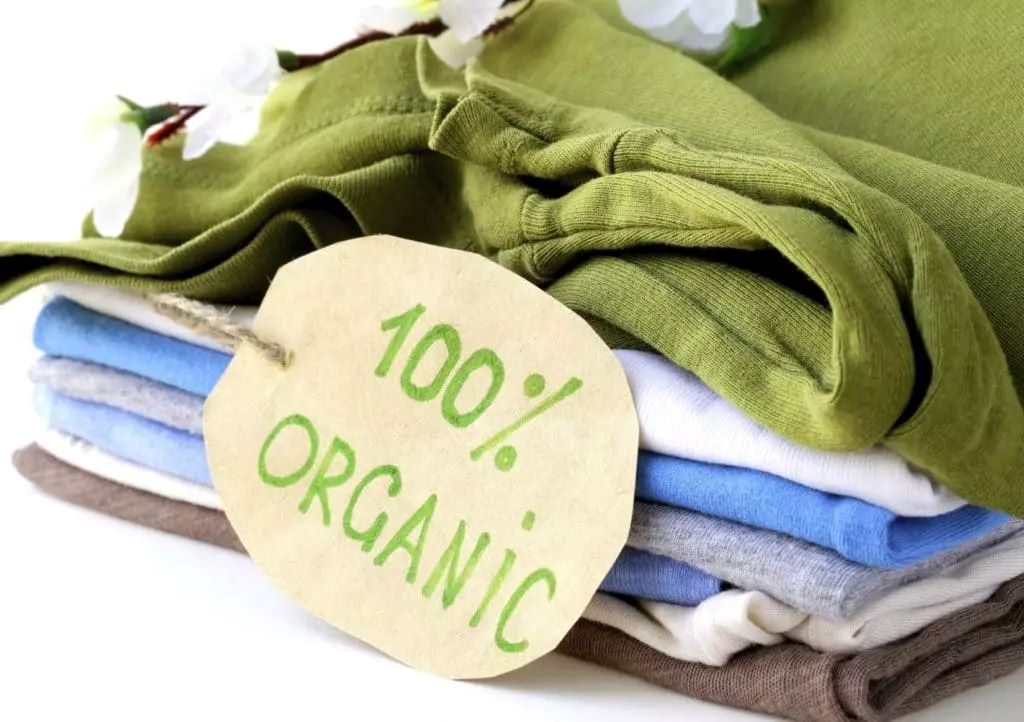
Year 2022 was all about positivity and hope for the fashion industry with much hype about the return of consumers after two years of lockdown and uncertainty. Many brands went on to invest in more “on trend” collections that addressed sustainability and eco-consciousness. Fast fashion was pulled up for its wasteful and environment-damaging ways and brands jumped on the socially-conscious bandwagon. Now, that we are in 2023 and the celebratory confetti of 2022 have settled down on the ground, the sector’s emerging picture looks a little different as quite a few negative trends come to the fore affecting businesses worldwide.
Economic downturn is for real
It can no longer be denied that inflation is on record high and energy costs have soared to the point that consumers are hurting. As per a KMPG report, 2023 is going to be a big year of falling consumer confidence and 66 per cent of consumers, especially in major economies of North America and Europe which are going to drastically cut back on non-essentials. Empirical data shows during economic crisis, the biggest cut back is on fashion, particularly across the West.
A McKinsey report states 72 per cent of fashion brands will be forced to increase prices to protect bottom lines in the face of increased cost of raw material and production that affects their lines. As consumers choose to cut their fashion expenses, these brands face the risk of out-pricing themselves and losing loyal customer bases.
Cost-cutting affects jobs
Fashion brands are leaving no stone unturned in the face of economic adversity. Pressurised by shareholders to curtail costs as much as possible, many brands are letting go of their retail outlets and the associated staff unless they register high performance. Macy’s has already downed its shutters on four of its full-line stores across the US. Additionally, fashion brands are embracing leaner corporate structures with the result that many corporate jobs have been axed. H&M CEO Helena Helmersson recently told a global news service the cost and efficiency programme initiated by the organisation is reviewing the structure and being mindful that it will affect the lives of employees. H&M is about to let go of 1,500 employees worldwide. This move will help H&M save close to $93 million annually. The current economic condition has also tabled the question of the success of the DTC business model. For example, Everlane has been laying off employees since the pandemic started, making itself leaner on average of ten to fifteen per cent of its staff annually since then. In November 2022, UK’s famous online market place Lyst let go 25 per cent of its staff.
Supplier challenge has become an issue
First of all, the US sanctions on Xianjiang-sourced cotton has become a huge issue as brands are being scrutinized for the products. With the monitoring system still in its inchoate stage, brands are struggling trying to keep Xianjiang-sourced cotton off their products. They can’t seem to control the cotton-trading hubs where this banned cotton is entering the legit market through mixing with cotton from other locations.
Similarly, brands are trying hard to cope with sustainability labels as research & development continues trying to bridge the gap between sustainability, wearability and cost efficiency. The other key challenge is trying to find the supplier fit as trends are changing so quickly that established brands can’t project collections for a well-planned production and distribution. As Achim Berg, Senior Partner and Lead on the BoF-McKinsey State of Fashion Report pointed out, the supplier side has a practical problem of delivering what is expected. But they’re also facing the issue of forecasting in a proper way because we don’t know exactly how the consumption patterns will develop.





